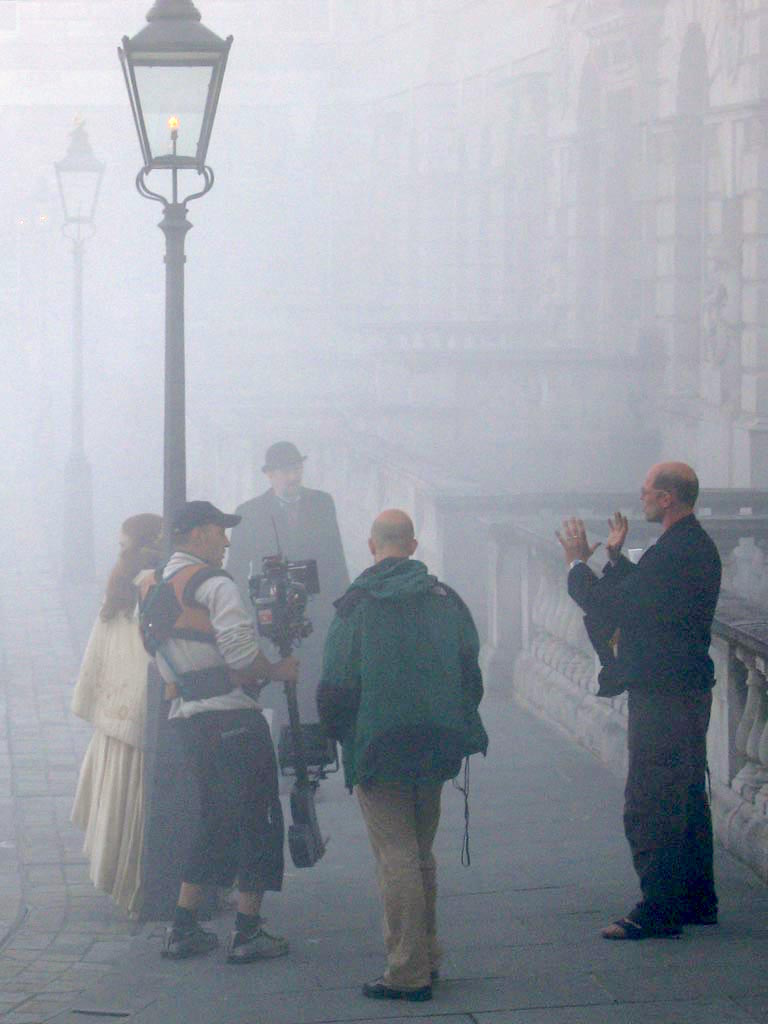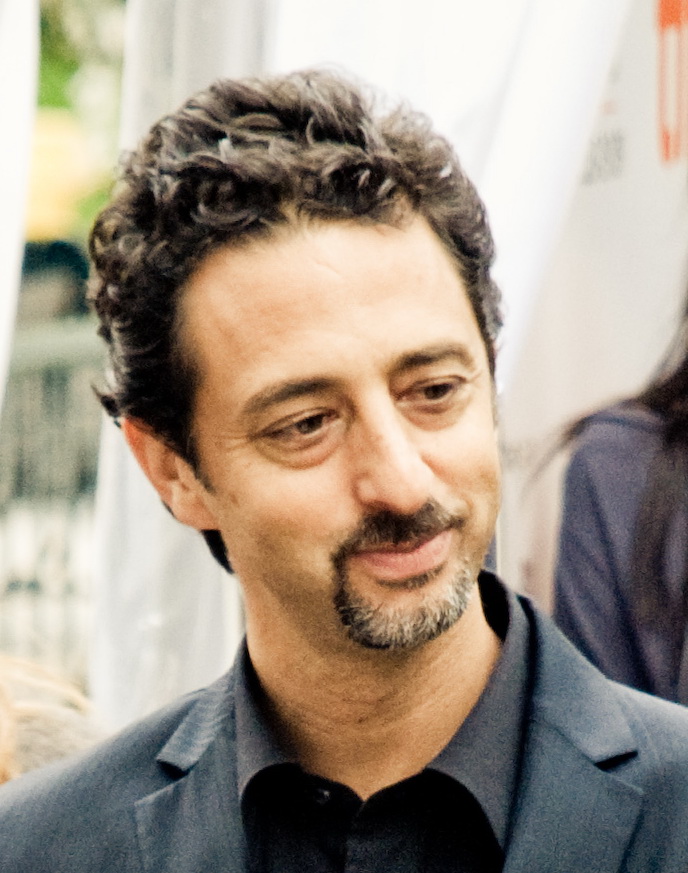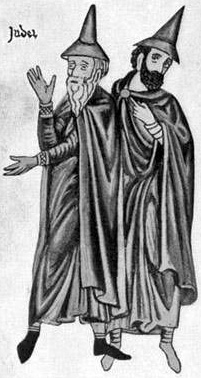|
Lore (film)
''Lore'' is a 2012 German-language Historical drama films, historical drama film directed by Cate Shortland. It is based on the 2001 novel ''The Dark Room (Seiffert novel), The Dark Room'' by Rachel Seiffert. In south-west Germany, during the aftermath of World War II, five destitute siblings must travel to their grandmother's home by the Bay of Husum near Hamburg after their high-level Nazi parents disappear in danger of arrest by Allied-occupied Germany, Allied occupation authorities. Along the way, they encounter a variety of other Germans, some of whom are helpful while others are antagonistic. Eventually they meet up with a young man presenting himself as Thomas, a young History of the Jews in Germany, Jewish Nazi concentration camps, concentration camp survivor, who joins their group and becomes their unofficial guardian. It was Australia's submission to the 85th Academy Awards for the Academy Award for Best Foreign Language Film, but was not accepted as a nominee. Plot T ... [...More Info...] [...Related Items...] OR: [Wikipedia] [Google] [Baidu] |
Cate Shortland
Cate Shortland (born 10 August 1968) is an Australian director and screenwriter. She received international acclaim for her 2004 romantic drama film ''Somersault (film), Somersault'', her 2012 historical drama film ''Lore (film), Lore'', and her 2017 psychological thriller film ''Berlin Syndrome (film), Berlin Syndrome''. She is best known for directing the 2021 superhero film ''Black Widow (2021 film), Black Widow''. Early life Shortland was born in Temora, New South Wales. She graduated from the Australian Film, Television and Radio School, where she received the Southern Star Award for most promising student. Career Shortland has created several award-winning short films: ''Strap on Olympia'' (1995); ''Pentuphouse'' (1998); ''Flower Girl'' (2000); and ''Joy'' (2000). She spent three years directing episodes of the Network Ten television series, ''The Secret Life of Us''. In 2004, Shortland released her debut feature-length film, ''Somersault (film), Somersault'' (2004), wh ... [...More Info...] [...Related Items...] OR: [Wikipedia] [Google] [Baidu] |
Historical Drama Films
A historical drama (also period drama, period piece or just period) is a dramatic work set in the past, usually used in the context of film and television, which presents historical events and characters with varying degrees of fiction such as creative dialogue or scenes which compress separate events. The biographical film is a type of historical drama which generally focuses on a single individual or well-defined group. Historical dramas can include romances, adventure films, and swashbucklers. Historical drama can be differentiated from historical fiction, which generally present fictional characters and events against a backdrop of historical events. A period piece may be set in a vague or general era such as the Middle Ages, or a specific period such as the Roaring Twenties, or the recent past. Scholarship In different eras different subgenres have risen to popularity, such as the westerns and sword and sandal films that dominated North American cinema in the 1950s. The ''c ... [...More Info...] [...Related Items...] OR: [Wikipedia] [Google] [Baidu] |
Hummel Figurines
Hummel figurines (also known as M.I. Hummel figurines or simply Hummels) are a series of porcelain figurines based on the drawings of Maria Innocentia Hummel. History The sketch art of Maria Innocentia Hummel began to appear in the 1930s in Germany and Switzerland, mostly pastoral drawings of children. The German art publisher Ars Sacra was involved in the early popularization of the art on postcards. Hummel's "art cards" became popular throughout Germany, catching the eye of Franz Goebel, porcelain maker and head of W. Goebel Porzellanfabrik. Goebel acquired rights to turn Hummel's drawing into figurines, producing the first line in 1935. The figurines were introduced at the Leipzig Trade Fair, a major European show for the industry. Goebel was known for presenting new and novel products that attracted American distributors. By the end of the year, 46 ''M.I. Hummel'' motifs were on the market, in America sold at Marshall Field & Co. of Chicago and other retailers. After the end o ... [...More Info...] [...Related Items...] OR: [Wikipedia] [Google] [Baidu] |
Black Forest
The Black Forest ( ) is a large forested mountain range in the States of Germany, state of Baden-Württemberg in southwest Germany, bounded by the Rhine Valley to the west and south and close to the borders with France and Switzerland. It is the source of the Danube and Neckar rivers. Its highest peak is the Feldberg (Black Forest), Feldberg with an elevation of above sea level. Roughly oblong in shape, with a length of and breadth of up to , it has an area of about . Historically, the area was known for forestry and the mining of ore deposits, but tourism has now become the primary industry, accounting for around 300,000 jobs. There are Baroque fortifications in the Black Forest, several ruined military fortifications dating back to the 17th century. History In ancient times, the Black Forest was known as , after the Celtic deity, Abnoba. In Roman times (Late antiquity), it was given the name ("Marcynian Forest", from the Germanic word ''marka'', "border"). The Black ... [...More Info...] [...Related Items...] OR: [Wikipedia] [Google] [Baidu] |
Southern Germany
Southern Germany (, ) is a region of Germany that includes the areas in which Upper German dialects are spoken, which includes the stem duchies of Bavaria and Swabia in present-day Bavaria, Baden-Württemberg, and the southern portion of Hesse and Rhineland-Palatinate that were part of the Duchy of Franconia. German-speaking Switzerland, Austria, Liechtenstein, Alsace, and South Tyrol are also historically, culturally, and linguistically associated with the region. Boundaries Southern Germany primarily contrasts with Northern Germany and defines the territories of modern Germany that did not form part of the North German Confederation in the 19th century. Between Northern and Southern Germany is the loosely defined area known as Central Germany (''Mitteldeutschland''), roughly corresponding to the areal of Central German dialects ( Franconia, Thuringia, Saxony). The boundary between the spheres of political influence of Prussia (Northern Germany) and Austria (Southern Ger ... [...More Info...] [...Related Items...] OR: [Wikipedia] [Google] [Baidu] |
Academy Award For Best Foreign Language Film
The Academy Award for Best International Feature Film (known as Best Foreign Language Film prior to 2020) is one of the Academy Awards handed out annually by the U.S.-based Academy of Motion Picture Arts and Sciences (AMPAS). It is given to a feature-length motion picture produced outside the United States with a predominantly non-English dialogue track.80th Academy Awards – Special Rules for the Best Foreign Language Film Award . . Retrieved November 2, 2007. When the first Academy Awards ceremony was held on May 16, 1929, to honor ... [...More Info...] [...Related Items...] OR: [Wikipedia] [Google] [Baidu] |
85th Academy Awards
The 85th Academy Awards ceremony, presented by the Academy of Motion Picture Arts and Sciences (AMPAS), honored the best films of 2012 and took place on February 24, 2013, at the Dolby Theatre in Hollywood, Los Angeles, beginning at 5:30 p.m. Pacific Time Zone (PST) / 8:30 p.m. Eastern Time Zone (EST). The ceremony was the first in the Academy's 85-year history to adopt the phrase "The Oscars" as the ceremony's official name during the broadcast and marketing. During the ceremony, the Academy of Motion Picture Arts and Sciences presented Academy Awards (commonly referred to as Oscars) in 24 categories. The ceremony was televised in the United States by ABC, and produced by Craig Zadan and Neil Meron and directed by Don Mischer. Actor Seth MacFarlane hosted the show for the first time. In related events, the Academy held its 4th annual Governors Awards ceremony at the Grand Ballroom of the Hollywood and Highland Center on December 1, 2012. On February 9, 2013, in ... [...More Info...] [...Related Items...] OR: [Wikipedia] [Google] [Baidu] |
Nazi Concentration Camps
From 1933 to 1945, Nazi Germany operated more than a thousand concentration camps (), including subcamp (SS), subcamps on its own territory and in parts of German-occupied Europe. The first camps were established in March 1933 immediately after Adolf Hitler became Chancellor of Germany. Following the Night of Long Knives, 1934 purge of the Sturmabteilung, SA, the concentration camps were run exclusively by the Schutzstaffel, SS via the Concentration Camps Inspectorate and later the SS Main Economic and Administrative Office. Initially, most prisoners were members of the Communist Party of Germany, but as time went on different groups were arrested, including "habitual criminals", "Black triangle (badge), asocials", and Jews. After the beginning of World War II, people from German-occupied Europe were imprisoned in the concentration camps. About 1.65 million people were registered prisoners in the camps, of whom about Holocaust victims, a million died during their imprisonment. ... [...More Info...] [...Related Items...] OR: [Wikipedia] [Google] [Baidu] |
History Of The Jews In Germany
The history of the Jews in Germany goes back at least to the year 321 CE, and continued through the Early Middle Ages (5th to 10th centuries CE) and High Middle Ages (c. 1000–1299 CE) when Jewish immigrants founded the Ashkenazi Jewish community. The community survived under Charlemagne, but suffered during the Crusades. Accusations of well poisoning during the Black Death (1346–1353) led to mass slaughter of German Jews, while others fled in large numbers to Poland. The Jewish communities of the cities of Mainz, Speyer and Worms became the center of Jewish life during medieval times. "This was a golden age as area bishops protected the Jews, resulting in increased trade and prosperity." The First Crusade began an era of persecution of Jews in Germany. Entire communities, like those of Trier, Worms, Mainz and Cologne, were slaughtered. The Hussite Wars became the signal for renewed persecution of Jews. The end of the 15th century was a period of religious hatred that ascr ... [...More Info...] [...Related Items...] OR: [Wikipedia] [Google] [Baidu] |
Allied-occupied Germany
The entirety of Germany was occupied and administered by the Allies of World War II, from the Berlin Declaration on 5 June 1945 to the establishment of West Germany on 23 May 1949. Unlike occupied Japan, Nazi Germany was stripped of its sovereignty and its government was entirely dissolved. After Germany formally surrendered on Tuesday, 8 May 1945, the four countries representing the Allies (the United States, United Kingdom, Soviet Union, and France) asserted joint authority and sovereignty through the Allied Control Council (ACC). Germany after the war was a devastated country – roughly 80 percent of its infrastructure was in need of repair or reconstruction – which helped the idea that Germany was entering a new phase of history (" zero hour"). At first, Allied-occupied Germany was defined as all territories of Germany before the 1938 Nazi annexation of Austria. The Potsdam Agreement on 2 August 1945 defined the new eastern German border by giving Poland and the ... [...More Info...] [...Related Items...] OR: [Wikipedia] [Google] [Baidu] |
Nazi
Nazism (), formally named National Socialism (NS; , ), is the far-right politics, far-right Totalitarianism, totalitarian socio-political ideology and practices associated with Adolf Hitler and the Nazi Party (NSDAP) in Germany. During Hitler's rise to power, it was frequently referred to as Hitler Fascism () and Hitlerism (). The term "neo-Nazism" is applied to other far-right groups with similar ideology, which formed after World War II, and after Nazi Germany collapsed. Nazism is a form of fascism, with disdain for liberal democracy and the parliamentary system. Its beliefs include support for dictatorship, fervent antisemitism, anti-communism, anti-Slavism, anti-Romani sentiment, scientific racism, white supremacy, Nordicism, social Darwinism, homophobia, ableism, and the use of eugenics. The ultranationalism of the Nazis originated in pan-Germanism and the ethno-nationalist ''Völkisch movement, Völkisch'' movement which had been a prominent aspect of German nationa ... [...More Info...] [...Related Items...] OR: [Wikipedia] [Google] [Baidu] |
Hamburg
Hamburg (, ; ), officially the Free and Hanseatic City of Hamburg,. is the List of cities in Germany by population, second-largest city in Germany after Berlin and List of cities in the European Union by population within city limits, 7th-largest in the European Union with a population of over 1.9 million. The Hamburg Metropolitan Region has a population of over 5.1 million and is the List of EU metropolitan areas by GDP, eighth-largest metropolitan region by GDP in the European Union. At the southern tip of the Jutland Peninsula, Hamburg stands on the branching River Elbe at the head of a estuary to the North Sea, on the mouth of the Alster and Bille (Elbe), Bille. Hamburg is one of Germany's three city-states alongside Berlin and Bremen (state), Bremen, and is surrounded by Schleswig-Holstein to the north and Lower Saxony to the south. The Port of Hamburg is Germany's largest and Europe's List of busiest ports in Europe, third-largest, after Port of Rotterdam, Rotterda ... [...More Info...] [...Related Items...] OR: [Wikipedia] [Google] [Baidu] |






